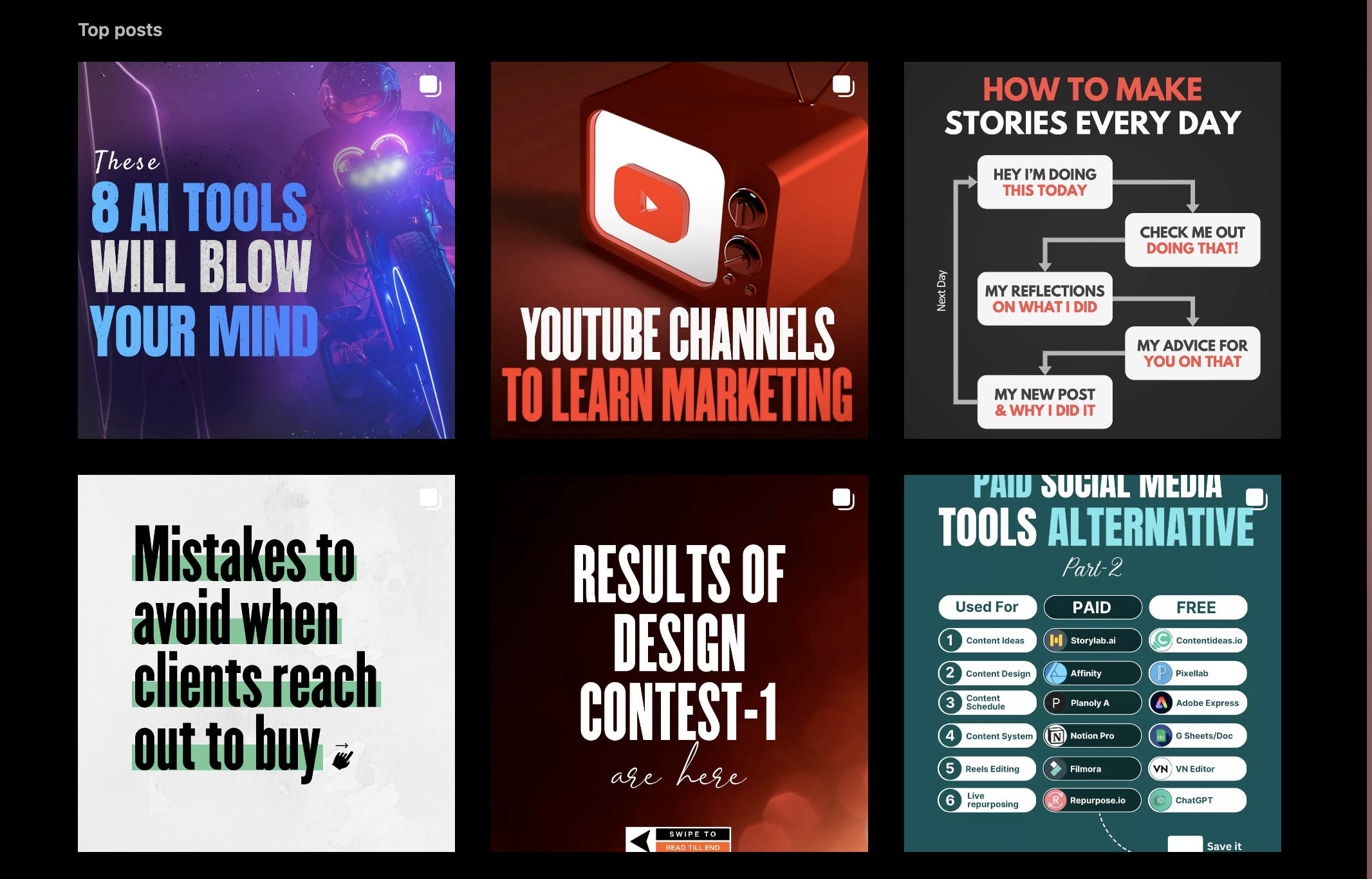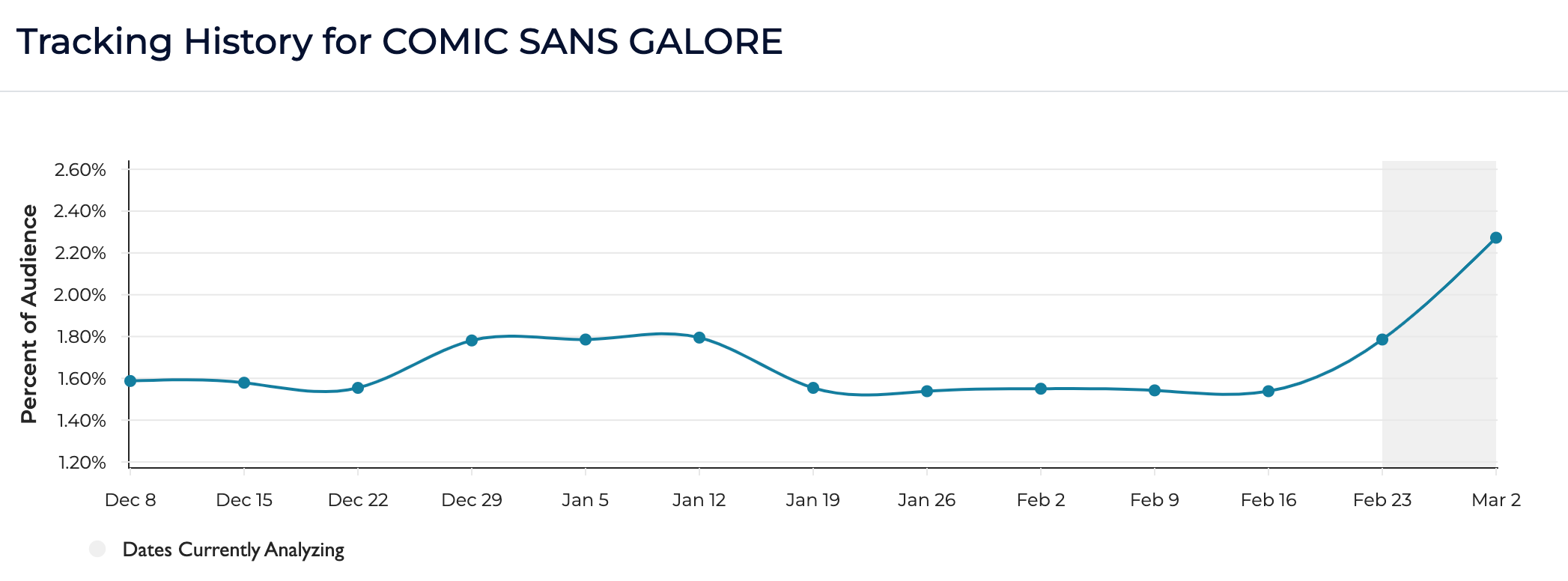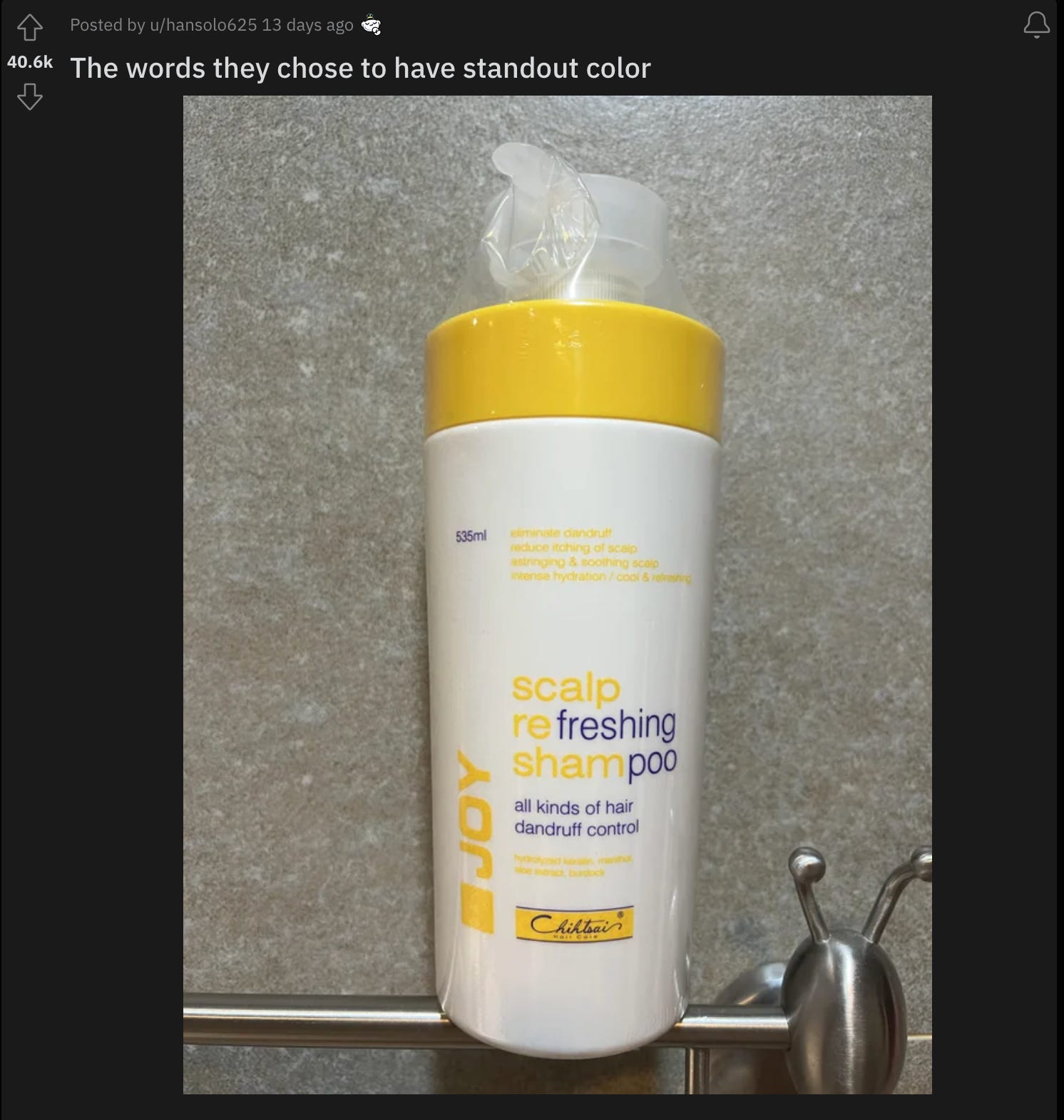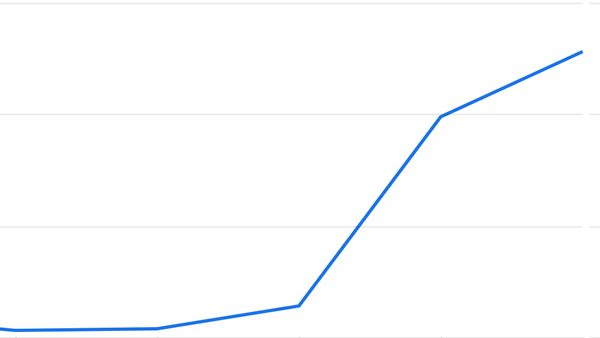Hustle Bro Culture Is Making Our Content Shallow
I've got a bone to pick with viral LinkedIn marketing advice.

A couple of weeks ago, I was watching a YouTube video about the new wave of Gen Z "business gurus" on TikTok, fresh off the all-too-recently disgraced Andrew Tate's content academy.
For those of you still blissfully an aware, allow me ruin your innocence: Andrew Tate is misogynistic, bitter, and allegedly even guilty of some serious crimes. Yet… teenage boys would fall for his "sweet" cocktail of angry rants about the Matrix and superficial financial advice. And even with the man himself currently in custody, his influence lives on.
It’s uncanny how much all of these Andrew Tate clones remind me of LinkedIn marketing bros.
Andrew Tate’s fans are simply a younger version of the same unwarranted confidence, disdain for others, insistence on shallow advice, obsession with money, and a healthy dash of “alpha-male” BS coated with a thin layer of angry delivery.
Hustle Bro Content Grindset
I’ve seen older versions of these guys pushing their frameworks, paid content “courses”, and template bundles that are just copy-paste versions of some fake inspirational story out of an IG account posting tips like “DM 5 new accounts every day”.

I’m all too familiar with this mantra of “I am rich, you are poor, if you want to stop being worthless, give me money, and become my clone”. Make a course about making courses, so your students can make money making courses about making courses about making courses! None of this is shaped like a Dorito, don’t think too hard about it.
This approach to “marketing” and “growth” (hard not to put these words into quotation marks in this context) is so… icky.
You might be wondering if those courses are any good.
Perhaps you’ve ever seen one of them floating around, seemingly recommended by everyone on your social media of choice. They are talking about all the money they’re making thanks to the unique frameworks shared behind that paywall. There must be something to all the buzz, right?
Trust your gut. If a paid offer smells rotten, it won’t taste good either.
A couple of months ago, someone shared their access to a few of these paid content courses with me, and it was… a journey in disappointment, to say the least.
These things were being sold for $700+ and what would you get for that amount of money? A 40-page PDF or a single poorly edited video of some dude telling you all about the money they make, how cool they are, and their “marketing” advice boiling down to:
“Show your work. Post a lot. Grind hard. Use my template about growth. Pretend you know everything”.
I have yet to see a paid course that’s 1–2 hours of pre-recorded content or a single PDF that’s actually worth more than $100.
(This section doesn’t apply to more comprehensive pre-recorded materials or live cohort classes! Some of those are genuinely phenomenal.)
A Wild Content Bro In His Natural Habitat
While drafting up the initial idea for this post, a real-life example of a viral content bro reared its head on my LinkedIn feed.
Shallow advice, overly confident tone, and a strange amount of enthusiastic comments… all served on a silver platter for us to look at.
Note: all the identifying details have been removed from these screenshots, but I’ve preserved the post in its entirety:




Real example of a viral LinkedIn post by a marketing "bro" with shallow advice.
As I stated on Mastodon, seeing the number of likes on this post made me feel insane.
When I first found it, the post had 400+ reactions in only 6 hours, but the advice they give is… kind of absolute garbage?
This kind of blog post template isn’t special or unique. Most SEO optimized posts look like this already: intro, benefits, surface-level advice, quote or listicle, conclusion. Any content mill worth its salt churns out 50 of these bad boys a week.
I am particularly frustrated seeing the point about “Unique Content” reduced to one subsection including “insightful” tips like:
“If you don’t have experience, ask someone internally – ‘Why should companies invest in TOPIC?’ and use their quote.”
Aside: My Husband’s Take on the LinkedIn Content Bro
My wonderful husband (who has now been poisoned by all of my marketing talk) was also so frustrated with that LinkedIn post that he sat down and wrote his (much funnier) version.
I include it here in full for your entertainment:
The whole thing reads like “How Pickup Artistry Will Forever Change Your SEO Game”:
“I’ve slept with hundreds, if not thousands of SERP-topping blog posts (but that’s the only thing they’re being a top about 😏 I would know, I’m an AlphaMarketer 🐺 💰💪). It’s pretty cool, but I’m not satisfied. As much as I like rolling about in ALL OF THIS M$NG COLD HARD BITCOIN, I want YOU to come join me. Totally not seeking vulnerable young upstarts who haven’t had enough time in business to know any better than to boost my following and legitimize my useless/lazy/scummy practices. I actually care about you. I want you to succeed, and I want to help you get that 10/10 dream Stacey client that your businessChad ass deserves! Here’s a uselessly vague guide on how to do that, and if you want to know more, I’ll tell you everything in my 10-part course on multilevel-pickup-crypto-artist-hustling for just 15 easy installments of $199.99”
Shallow Advice Isn’t the Full Picture
The advice to follow a universal 7-step framework for your blog posts is so blatantly shallow.
Yet, that post I mentioned above is way more successful than anything I’ve ever published (or worked on for clients). Am I wrong? Should we pack up our bags and give up on talking about content quality?
Not so fast.
If advice this simple worked, all of us marketers would be out of a job. This LinkedIn poster and a clever AI script would have taken over the internet by Christmas last year. Yet here we are, reading newsletters about content marketing in March.
So, what’s missing?
What “Sounds Off” About Hustle Bro Marketing Advice
Beyond the general annoyance or the desire to smack your computer monitor, why does this type of “Hustle Bro Culture” content advice seem… off?
Here are a couple of my guesses:
- Impossible to replicate strategically. You can easily apply one of these templates and do a TERRIBLE JOB at it. I could describe the benefits of using a content agency as “hiring out your content work to professionals will save you time and grow your revenue”. Sure, that technically touches on a pain point. Will you remember that statement 20 seconds later? Of course not.
- Formulaic content inevitably becomes repetitive, diluted, and annoying. The first classic SEO optimized article was probably useful and fun. They aren’t anymore now that our search pages are flooded by hundreds of them on any imaginable topic. The first ChatGPT generated draft was also really cool! The 50th…. Not so much.
- Tactics without a strategic “why”. If you don’t understand why a particular tactic has worked for someone – how will you know when to apply it? You need to back up every tactical decision with a specific strategic rationale that fits in with your larger goals and context.
- Shallow answers are unsatisfying to read. I think this type of advice is like junk food. But not even good junk food, like a freshly cooked McDonald’s Double Cheeseburger with extra pickles. Bad junk food, like a gas station hot dog with grease stains that kind of taste like tires. Sure, it scratches the itch. But you wouldn’t come back for more unless you had to. (Or really like the taste of tires, I don’t judge).
Don’t Be A Content Bro. Think Deeper.
If you are ever tempted to post or uncritically adopt the types of shallow frameworks that I’ve discussed here, go back to this newsletter and watch that YouTube video I linked at the start.
Take a long hard look at those Andrew Tate clones, and then look again at whatever framework you drafted up. If you see any similarities… you might want to think about why.
Self-Promotional Aside
Here’s a rare bit of explicit self-promotion: my content agency, Kalyna Marketing, is currently looking to book 1-2 new clients!
We love working with post-MVP (growth or expansion phase) B2B startups who appreciate the value of good content but may have struggled to find a good angle with their previous campaigns. Perhaps your product is a bit unusual, or maybe your audience is so technical that most marketers struggle to dive deep into the specifics. In either case, if you want a team of marketers & writers to really dig into your industry, product, and audience, we might be a good fit.
We are a small team, so spaces to work with us are limited, and we only take on projects that we are sincerely excited about.
If you resonate with my thoughts in this newsletter, send me a message at hello@kalynamarketing.com.
Looking forward to hearing from y’all. :)
Top 3 Reading Recommendations
- “Nothing Is Boring: How to Tell Gripping Stories About the Seemingly Mundane” by Jay Acunzo. As a writer with a bachelor’s in literary analysis, I am a sucker for storytelling, and Jay expressed the value of good writing in business so eloquently.
- "Content Marketing Trends and Insights” (2023) by Siege Media. Some fresh statistics on content marketing, including interesting takes on content effectiveness and AI use.
- “How to market to a platypus” by Fio from Contentfolks. Great discussion on why simple marketing funnels can easily miss the point.
Audience Research Corner
According to SparkToro’s fresh-off-the-press audience tracking data, content marketers have been really into crappy design on Reddit lately:

How could we not be, with gems like this one?

Musical Minute
I’m in love with this new Ukrainian song. The name means “Slowly” and I would translate the chorus roughly as:
”Dance with me, slowly.
This crazy world around us can wait.
Dance with me, slowly.
We have to be happy, no matter what."
Thanks for reading. Until next time!





